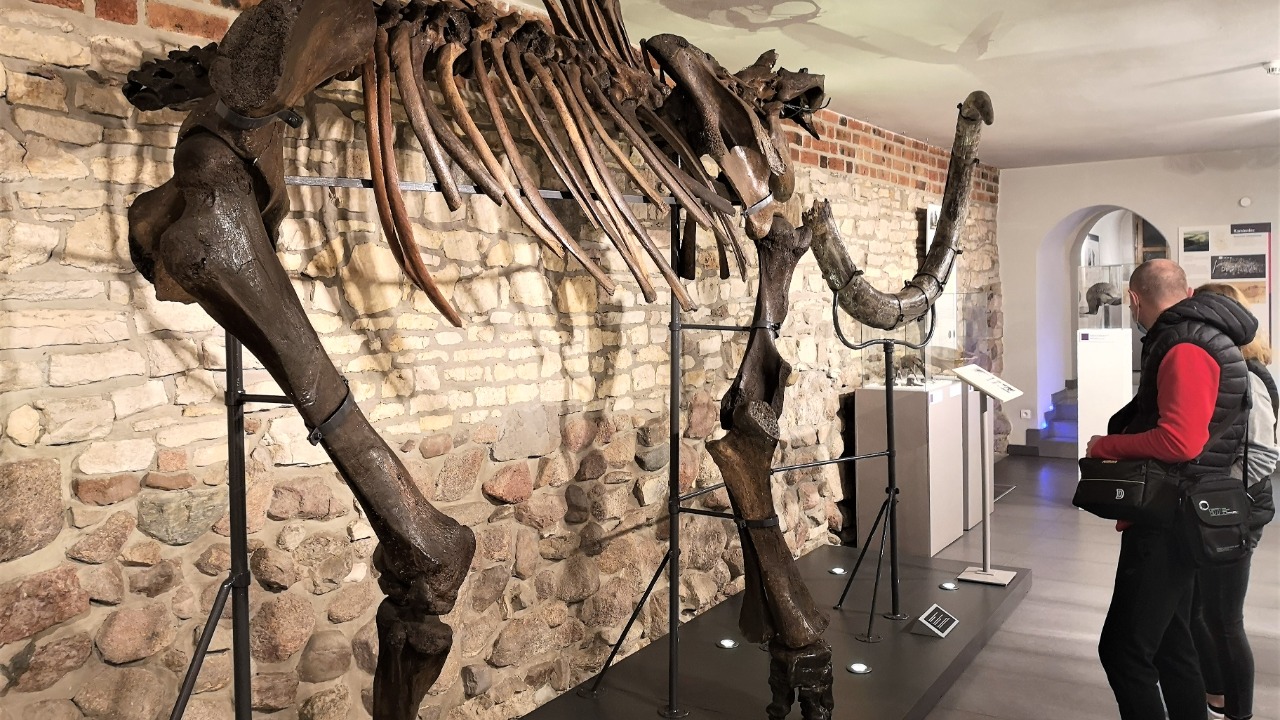
In a groundbreaking scientific achievement, researchers have successfully extracted the world’s oldest RNA from a 40,000-year-old woolly mammoth, providing an unparalleled glimpse into the biology and final moments of this extinct species. This discovery not only shatters previous records for RNA preservation but also opens up new avenues for studying ancient extinction events through molecular remnants.
Discovery of the RNA Sample
The oldest known RNA was recovered from woolly mammoth remains that had been preserved in permafrost for thousands of years. The 40,000-year-old sample, identified as the oldest RNA ever discovered, offers a unique window into the physiology of these prehistoric creatures. Despite the environmental degradation that occurred over millennia, initial analysis confirmed the integrity of the RNA, demonstrating its resilience and potential for scientific study.
Preservation Conditions Enabling Extraction
The Siberian permafrost played a crucial role in preserving the 40,000-year-old woolly mammoth RNA. Unlike warmer climates where RNA typically degrades rapidly, the unique environmental conditions of the Siberian permafrost helped prevent RNA breakdown. The location of the site also contributed to the sample’s viability for modern sequencing, further emphasizing the importance of environmental factors in the preservation of ancient genetic material.
Extraction Techniques Used
Extracting the oldest known RNA from woolly mammoth remains required specialized methods. Scientists faced numerous challenges in isolating intact RNA molecules from the fossilized tissue without contamination. However, advancements in cryogenic and molecular biology tools made this oldest RNA extraction possible, marking a significant milestone in the field of paleogenomics.
Insights into Mammoth Biology
The oldest RNA ever discovered reveals gene expression related to mammoth adaptations, such as fur growth and fat metabolism. By analyzing the RNA sequences, scientists were able to identify active immune responses or metabolic states at the time of the mammoth’s death. These findings provide a more dynamic picture of mammoth biology compared to DNA-based studies, as RNA captures real-time cellular activity from 40,000 years ago.
Implications for Last Moments of the Mammoth
The 40,000-year-old woolly mammoth RNA offers intriguing insights into the animal’s final hours. Evidence suggests physiological stress or environmental interactions may have played a role in its demise. The RNA data provides a “peek into its last moments,” potentially shedding light on causes of death such as injury or disease. Furthermore, the sample may offer clues to broader herd dynamics or seasonal behaviors inferred from molecular markers.
Broader Scientific and Conservation Impacts
The recovery of the oldest ever RNA sample has far-reaching implications for both paleogenomics and conservation efforts. It could inform de-extinction efforts for woolly mammoths and other extinct species through RNA preservation techniques. However, the use of such ancient genetic material in modern research also raises ethical and ecological discussions that need to be carefully considered.
More from MorningOverview